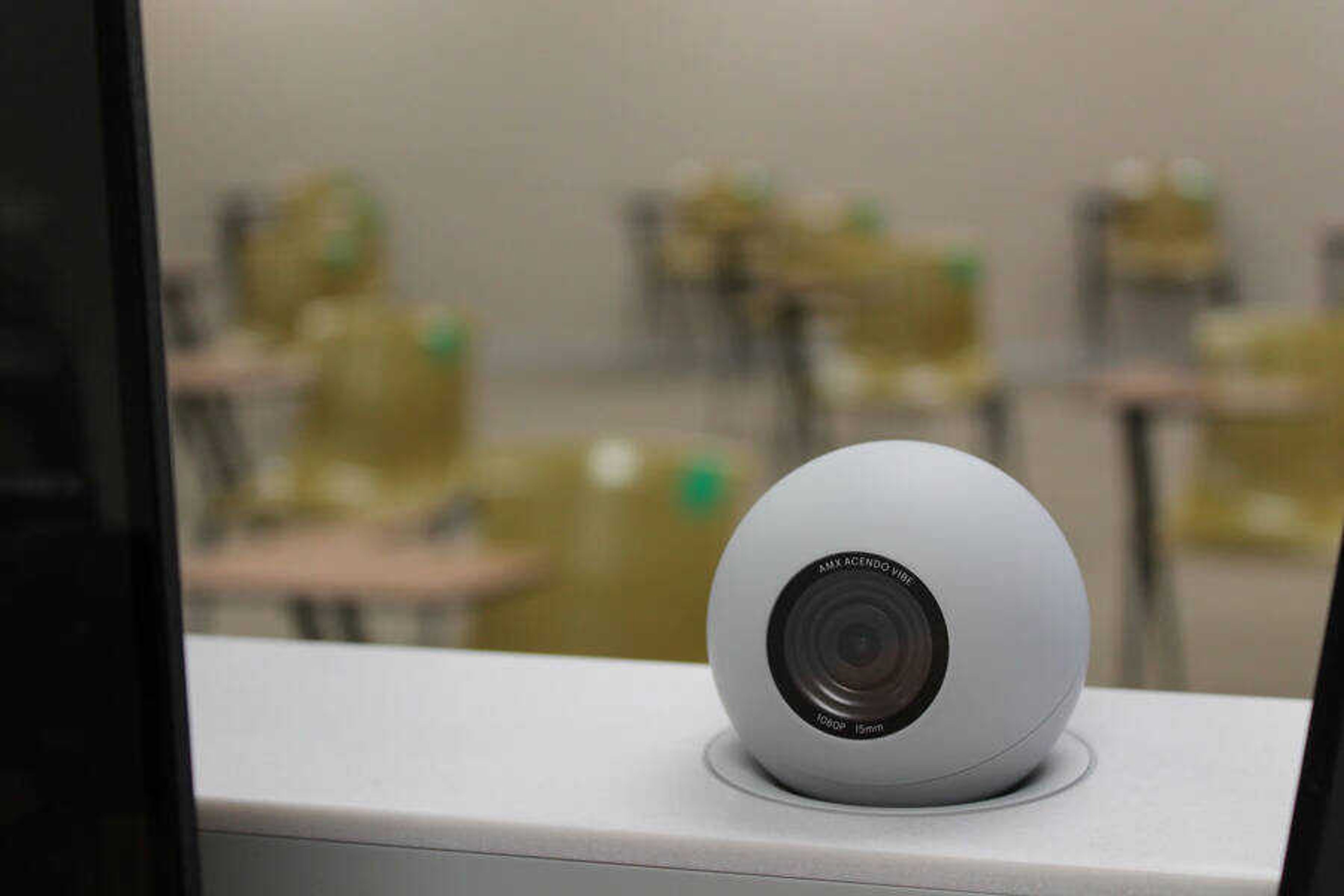This fall, Southeast’s HyFlex pilot program will offer students new ways to engage in some classes.
Students in 93 sections of classes will have the option of attending class in person, live on Zoom, or asynchronously in a more traditional online format.
Provost Mike Godard said the program is not new to higher education and has been in use for more than a decade, originally starting in cohort-based masters degree programs.
During the last two semesters, Online Instructional Coordinator Dennis Kinkead taught two HyFlex courses at Southeast as a proof of concept.
“What we are doing here at Southeast is expanding [HyFlex] to provide maximum flexibility for our students to engage in instructional content,” Godard said.
Students have the option to switch between these learning styles at any time depending on their schedule or preference, and classrooms have been outfitted with new webcams to provide online students with better video and audio quality.
Teachers should encourage students who are attending classes live via webcam to participate and ask questions either by unmuting and speaking up or through a chat, Kinkead said.
During the HyFlex courses Kinkead taught, he structured his lectures with chat questions in mind, regularly taking time to check for questions from students who were not physically present.
The pilot program will evaluate student satisfaction ratings as well as student outcomes to determine how HyFlex courses should proceed in coming semesters.
Godard said the 93 courses were chosen by looking for instructors with prior experience in teaching blended and online courses at the same time.
“Above and beyond anything else, maintaining our academic quality and the experience of our students is paramount,” Godard said. “That's why we wanted to strategically look at what courses would be best. We looked at those that were offered face-to-face and online, and which instructors had taught them in both modes.”
Godard said the instructors who volunteered to be a part of the pilot went through training over the summer.
Professor of psychology Shawn Guiling will be teaching three separate sections of PY 230, Ethics and Diversity in Psychology, as HyFlex courses this fall.
Guiling said he is hoping the program will remove obstacles for students who may fall behind.
“When they miss a week or they are too fearful to come to class or they are sick and can't come to class, they have other avenues to still connect with me that are already built in,” Guiling said. “A few semesters ago, someone would stop coming, and you wonder, ‘When will they come back and how can I reach them?’ This provides a different place for them to connect.”
Guiling said the training for instructors focused on the philosophy of HyFlex, how to provide the same level of interaction across all formats and how to use screen sharing and “breakout rooms” effectively.
Guiling said there will be a learning curve for everyone in these classes, including the instructors. Even teaching students in the same room feels different behind the masks.
“Looking at just eyeballs with no other facial expressions to help guide you, that's going to take a lot of getting used to,” Guiling said. “I draw a lot from ‘How is this person feeling, are they understanding it, what's that facial expression telling me?’ Now I have nothing to go by.”
Kinkead said the best advice for students going into these classes is the same advice he gives for normal courses: read the syllabus, manage your time wisely and stay in touch with your instructor.






